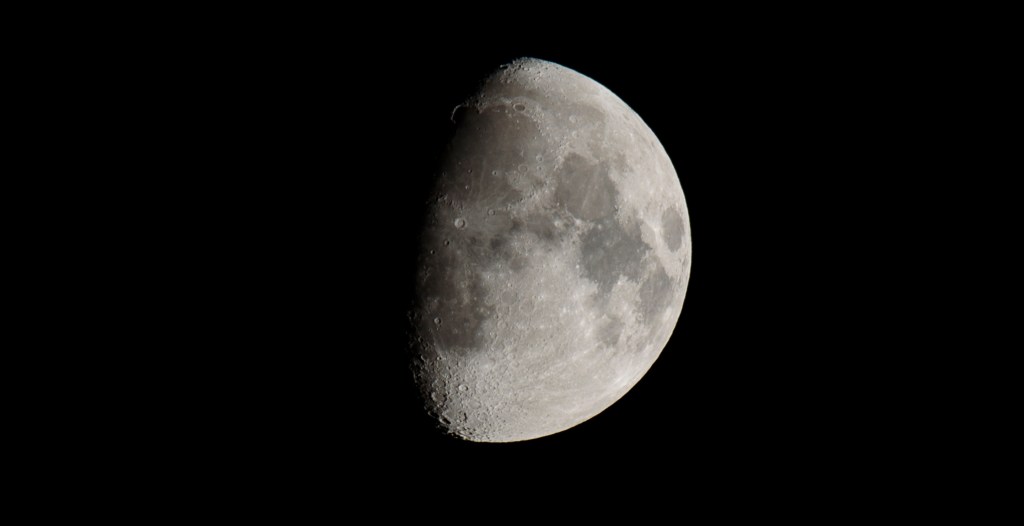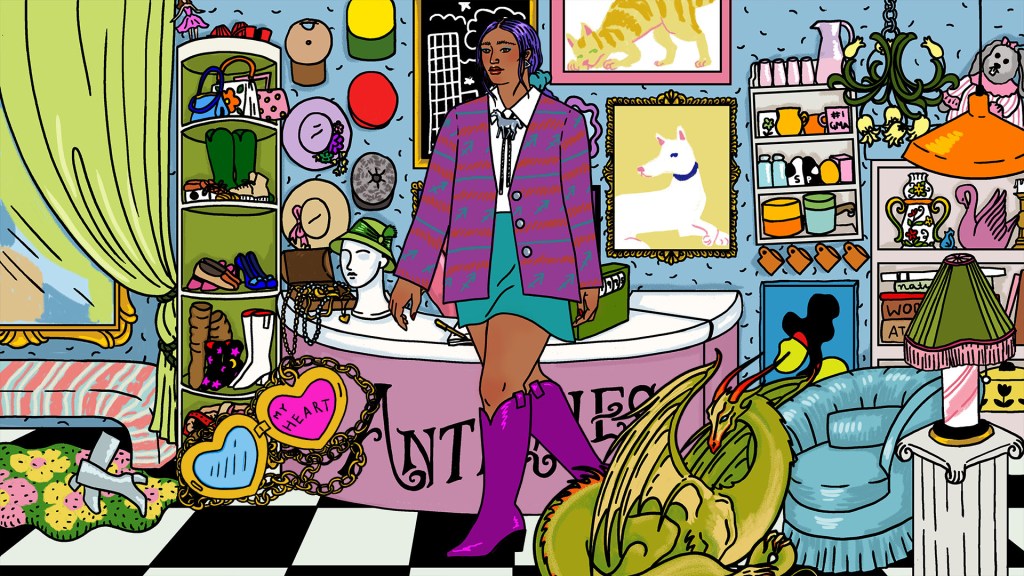It’s difficult to imagine a situation that would not be improved by a well-made playlist. With over 4 billion user-made playlists on Spotify, and others on Apple Music, YouTube, and other music streaming platforms, it’s highly likely you’ll find one for any occasion. There’s one for being in an abandoned church during a zombie apocalypse, for example, and another for songs that explicitly mention peanut butter.
But nobody quite knows you the way you do, and there’s a unique joy in listening to and sharing music that you put together. Listen, if you’ve ever played songs in an album in a different order, added songs to a queue, or skipped through someone else’s playlist, then you might find making your own playlists well worth it.
Videos by VICE
Whether a playlist is “good” or “bad” is highly subjective. It depends on the person listening and what the playlist is supposed to achieve. Do you want to create a certain vibe (energetic, relaxed, or sexy, for example) for an extended period of time, or do you want to take listeners on a purposeful, curated journey of different sounds and emotions?
To figure out how to make the perfect playlist for whatever situation, VICE asked a record label founder, a DJ and music producer, and a seasoned playlist-maker for their best tips on making download-worthy, no-skips playlists.
Start somewhere, anywhere!
You can make a playlist for absolutely anything—a feeling, a special occasion or daily habit, a time of day, a genre. Even just having a few songs you think might make a good playlist is a good enough reason to make that playlist.
“Most of my playlists are based around moods, or I create [playlists] once I realize I have a handful of songs that fit together for whatever reason,” said Carlos West, occasional DJ and co-founder of Sydney-based record label Neon Records.
West has over 200 playlists between Spotify and Apple Music. Some are for things like sleeping, smoking weed, exercising, or having sex. Others are organized by genre, like Afro-Electronica, Latin, Classic Dance, and Jazz.
Manila-based graphic designer Anya Benedicto, whose most popular playlist on Spotify is a mix of classic house tracks from the late ‘90s to the early 2000s, also starts her playlists with a specific vibe in mind.
“It’ll be a feeling, or almost a scene out of a movie that I want to experience,” said Benedicto. “Ultimately, I treat my playlists as ‘themed or purposeful lists’ that are meant to feed different moods and situations.”
Abdel Aziz, a DJ and music producer also based in Manila, said he normally gets his playlist inspiration from places.
“Usually, my playlists are inspired by places I have visited or [I’m] about to visit,” said Aziz, adding that the playlists serve as his personal soundtrack for those places.
Discover Daily
Depending on whom you ask, there could be anywhere from over 25 million to more than 200 million songs in the world. There are also about 60,000 new songs uploaded to Spotify every day.
The sheer amount of music makes it both easy and difficult to find songs that are perfect for the playlists you’re making.
Of course, some great songs will find their way to you, if only because they’re so good that most people know them. But for Aziz, a good playlist is not just about songs that are popular or new—it’s also about songs that are lyrically or melodically engaging, whether or not they’re current or well-known. That means digging into the world’s constantly-expanding library of music.
To find new music, West said he scouts charts on Shazam, Beatport, and iTunes, as well as other playlists. Benedicto uses Spotify’s Radio, Release Radar, and playlist suggestions as well as various brands’ in-store playlists and recommendations from friends.
Have a “gatekeeper” playlist
According to West, you don’t need to decide whether a song fits into a playlist right away.
“Whenever I find a song I like, for whatever reason, I add it to a playlist I have called ‘At The Moment,’ which is like the gatekeeper list and [which] I listen to almost daily. If I really love a song after hearing it a few times in that list, I add it to my more permanent playlists, according to where it fits sonically,” said West.
This doesn’t mean that you should always add a good song to a playlist, though.
“You need to be a bit brutal with your selection,” said West. “If it’s a great song but doesn’t fit with the theme of the playlist, cut it, or create a new list.”
Ask yourself: To shuffle or not to shuffle?
For Aziz, playlists should encourage “a playful state of emotion.” To achieve that, he prefers making playlists where the order of songs matter. Rarely does he play songs on shuffle, he said.
“My first three songs are always crucial. They set the tone of my list,” said Aziz, adding that he usually goes for slow build-up songs as introductions to his playlists.
West, on the other hand, listens to most of his playlists on shuffle and doesn’t pay too much attention to the order of songs.
“Most of my playlists are organized by date added, with the newest songs at the top. This also shows followers that the playlist is being regularly updated,” said West.
Again, whether or not your playlist should be shuffle-able depends on your goal. Benedicto said that playlists meant for parties should have a focus on flow and transitions, so the order of songs matters. But she also has playlists that can be played on shuffle without spoiling the experience, because the songs have consistent beats and rhythms.
Fine-tune
No playlist is ever really done, said West. He’s always tweaking them.
“I always like to go back and revise my playlists occasionally to see if they can be more concise, more on point, and to check that songs haven’t dated since I added them,” he said.
A good rule of thumb, according to West, is “all killer, no filler.” That means every track has to do what the playlist intends to do, and also fits in with the other tracks. No extreme fluctuations in mood, style, overall energy, or if you want to get technical, beats per minute.
Encourage an encore
You’ll probably never get absolutely every song that could work in your playlist—and that’s OK. Aziz said that a good playlist is ultimately one that is “not enough.”
“When [a playlist] is not enough, we ask for more,” said the DJ. “It’s nice to keep listeners hanging at a certain point, simply to keep them engaged and thinking, ‘What could be the next best song to add?’”
Follow Romano Santos on Instagram.
More
From VICE
-

Katherine Forbes/Getty Images -

Screenshot: Capcom, PlayStation -

Illustration by Reesa. -

Screenshot: Shaun Cichacki



